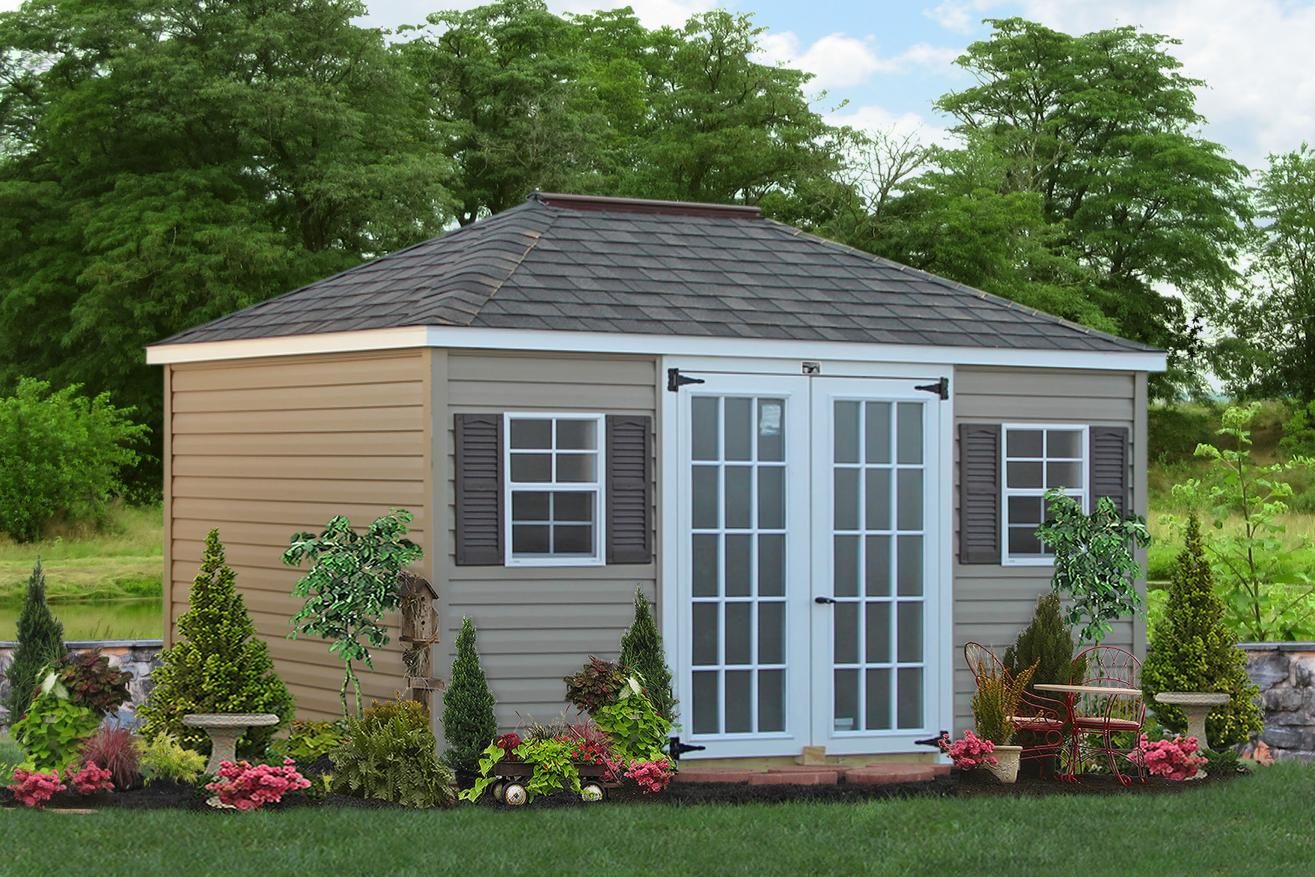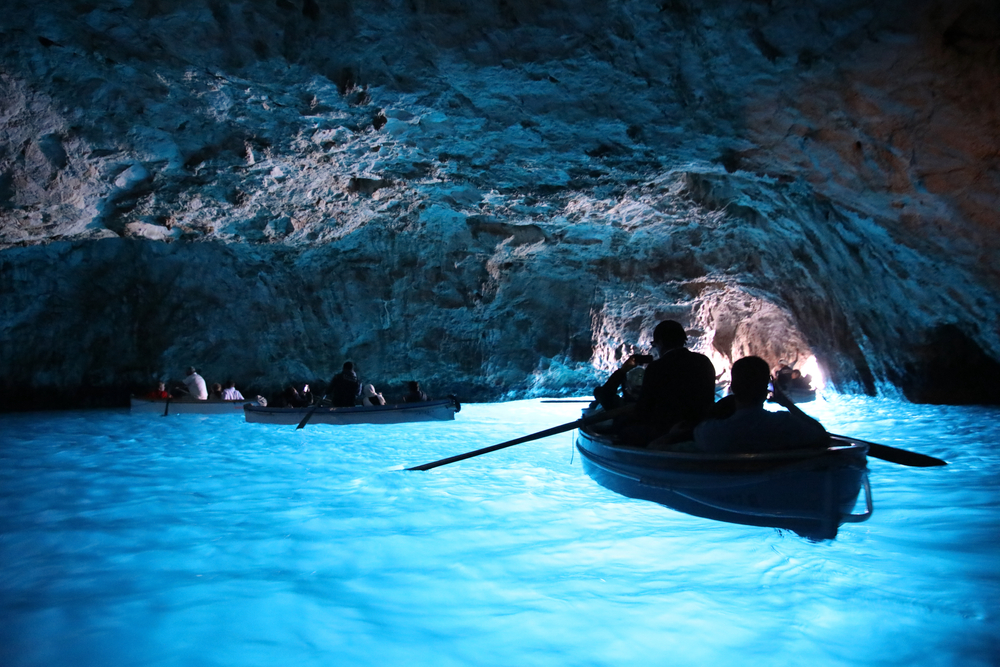If you’re thinking about building a custom shed, choosing the right materials is essential. With so many options on the market, it can be difficult to know which materials are right for your needs. In this article, we’ll discuss the top 3 materials to consider for your custom shed, and what makes each one a great choice.
- Wood
Wood is a classic choice for building a shed. It’s durable, natural, and has a timeless aesthetic that can complement any backyard. One of the biggest advantages of using wood is its versatility. You can customize the design of your shed to suit your specific needs, and the natural grain of the wood can add character to your backyard.
There are several types of wood to choose from, each with its own unique qualities. Cedar is a popular choice because of its natural resistance to rot and insects. Pine and spruce are also popular options, as they are affordable and easy to work with.
One thing to keep in mind when using wood for your shed is maintenance. Wood is prone to rot and decay over time, so it’s important to treat it with a water-resistant sealant to protect it from the elements. You’ll also need to repaint or restain your shed every few years to keep it looking its best.
2. Metal
Metal is another popular option for building a custom shed. It’s incredibly durable, long-lasting, and requires very little maintenance. Metal sheds are also fire-resistant, making them a safer option for storing flammable materials.
One of the biggest advantages of using metal is its strength. It can withstand harsh weather conditions, including heavy snow, high winds, and hail. Metal sheds are also resistant to rot, decay, and insect damage, making them a great choice for areas with high humidity or lots of insects.
There are several types of metal to choose from, including steel, aluminum, and galvanized metal. Steel is the strongest and most durable option, but it’s also the heaviest and most expensive. Aluminum is lightweight and affordable, but it’s not as strong as steel. Galvanized metal is a combination of steel and zinc, making it corrosion-resistant and durable.
One thing to keep in mind when using metal for your shed is its susceptibility to rust. Over time, metal can rust and corrode, especially in areas with high humidity or salty air. You can prevent rust by applying a rust-resistant coating to your shed and inspecting it regularly for signs of damage.
3. Vinyl
Vinyl is a relatively new material for building sheds, but it’s quickly becoming a popular choice for homeowners. It’s lightweight, durable, and requires very little maintenance. Vinyl sheds are also resistant to rot, decay, and insect damage, making them a great choice for areas with high humidity or lots of insects.
One of the biggest advantages of using vinyl is its affordability. It’s much cheaper than wood or metal, making it a great option for homeowners on a budget. Vinyl sheds are also easy to assemble, with many manufacturers offering DIY kits that can be put together in a matter of hours.
There are several types of vinyl to choose from, including PVC and polyethylene. PVC is the most popular option, as it’s lightweight, durable, and easy to work with. Polyethylene is a newer option that’s even more lightweight and durable than PVC, but it’s also more expensive.
One thing to keep in mind when using vinyl for your shed is its susceptibility to heat. Vinyl can warp and deform in high temperatures, so it’s important to choose a light color that will reflect heat instead of absorbing it. You should also avoid placing your shed in direct sunlight to prevent warping and damage.
In conclusion, choosing the right materials for your custom shed is essential. Wood, metal, and vinyl are all great options, each with their own unique advantages and disadvantages. When making your decision, consider factors such as durability, maintenance, affordability, and aesthetics.
If you value a classic look and natural aesthetic, wood may be the right choice for you. However, be prepared to invest time and money in maintaining it. If you prioritize durability and strength, metal may be a better option, but be mindful of rust and corrosion. And if you’re looking for an affordable and low-maintenance option, vinyl may be the way to go, but be careful with heat exposure.
Ultimately, the decision comes down to your specific needs and preferences. By weighing the pros and cons of each material, you can make an informed decision and build a custom shed that meets your needs and complements your backyard.




